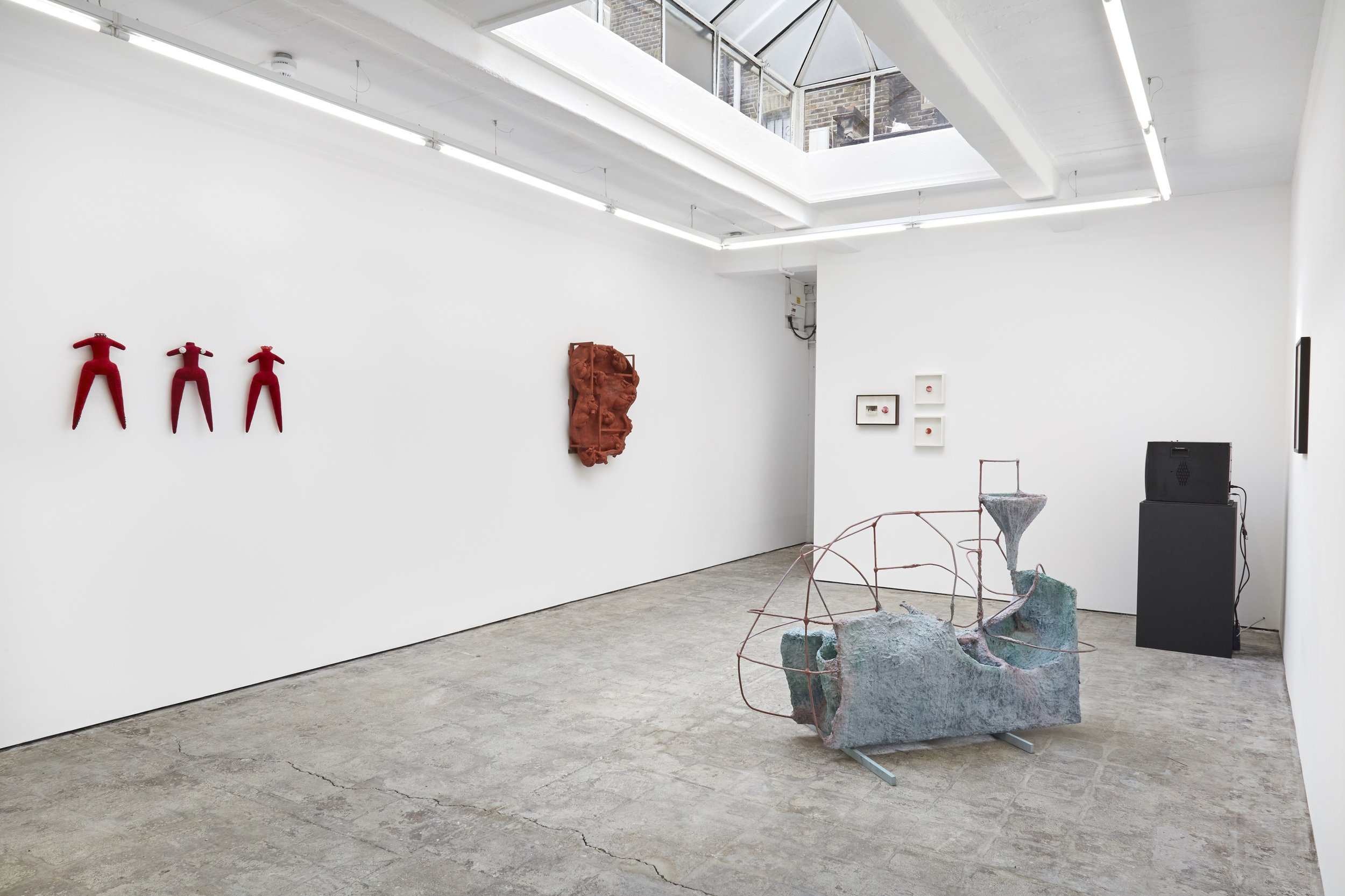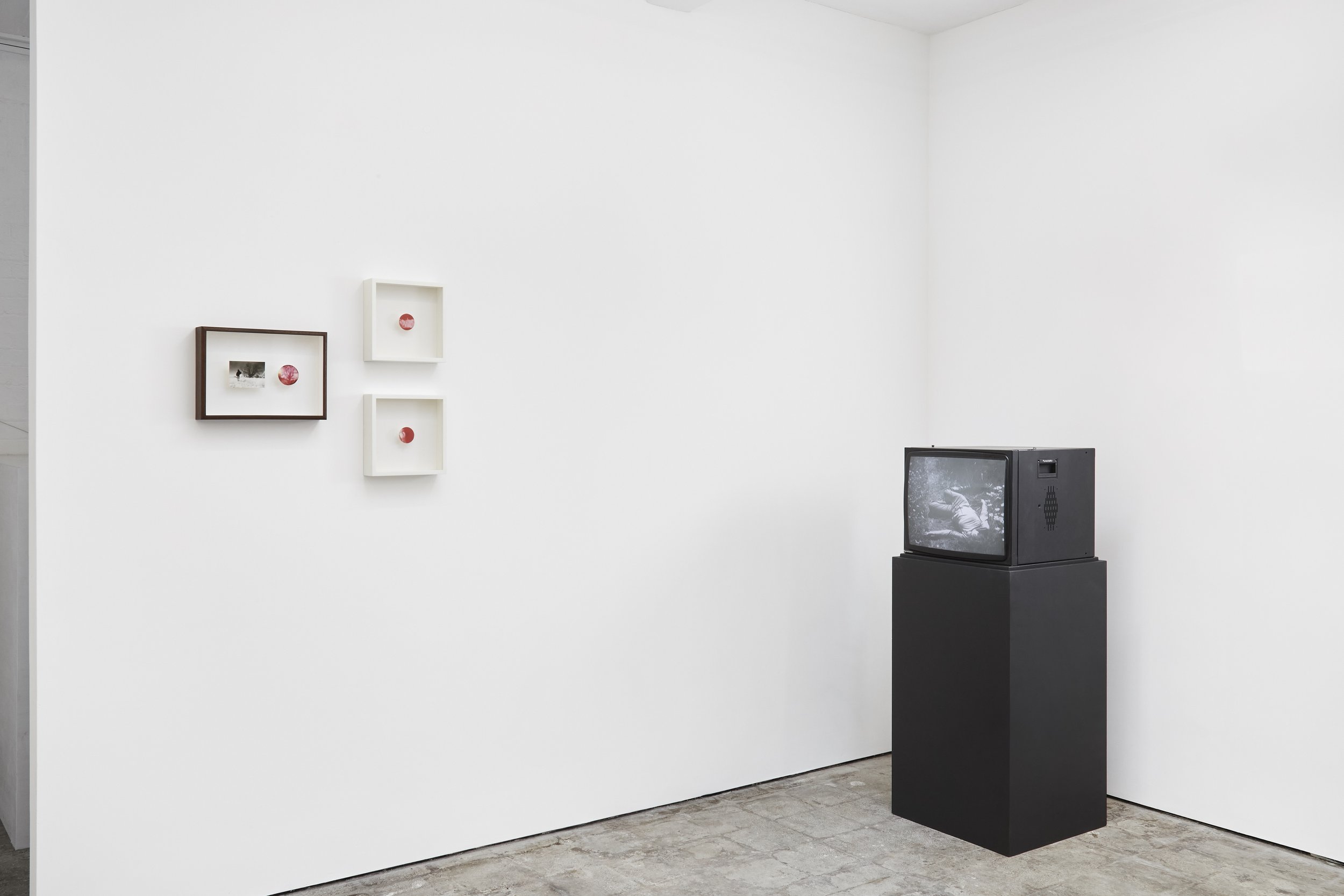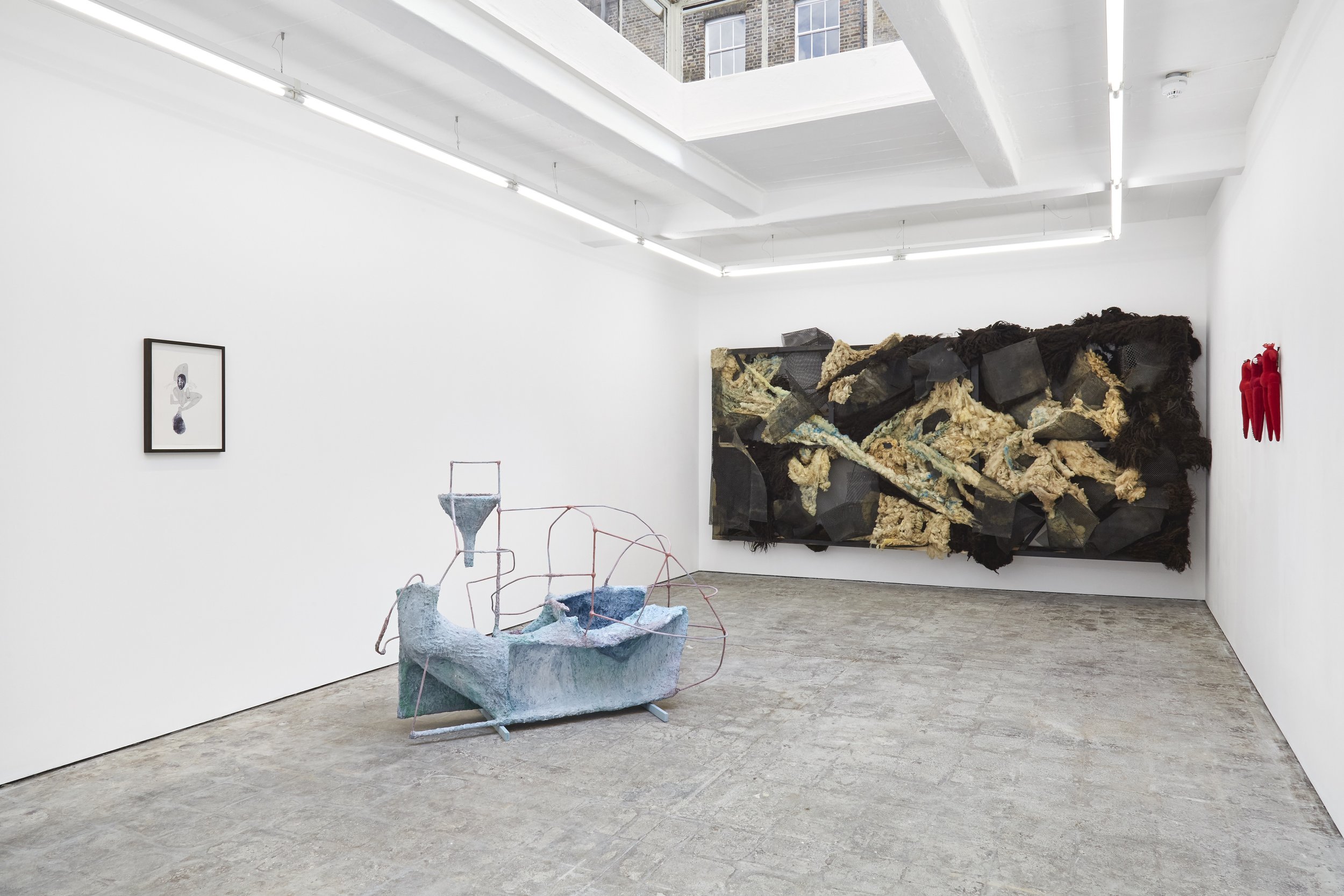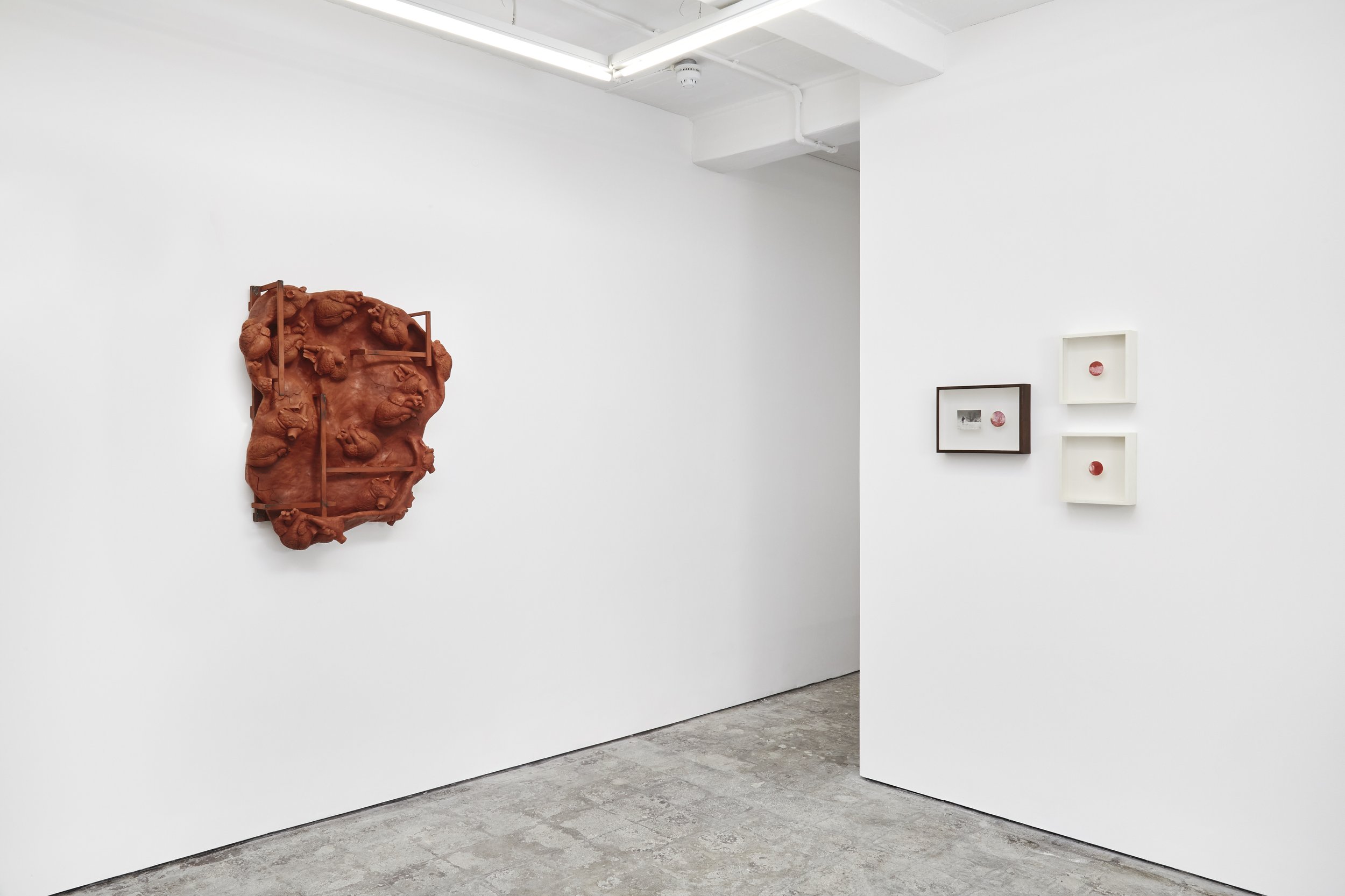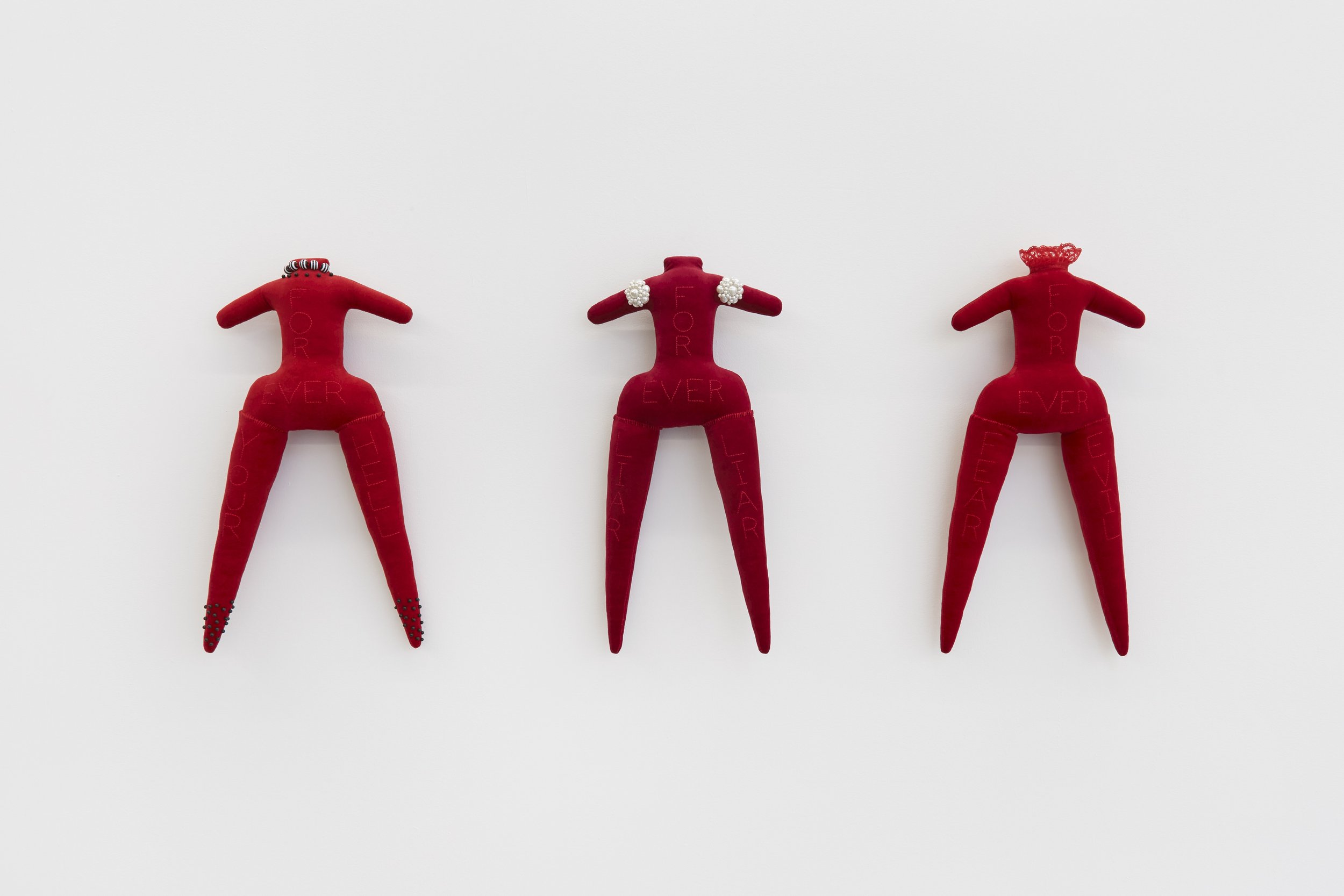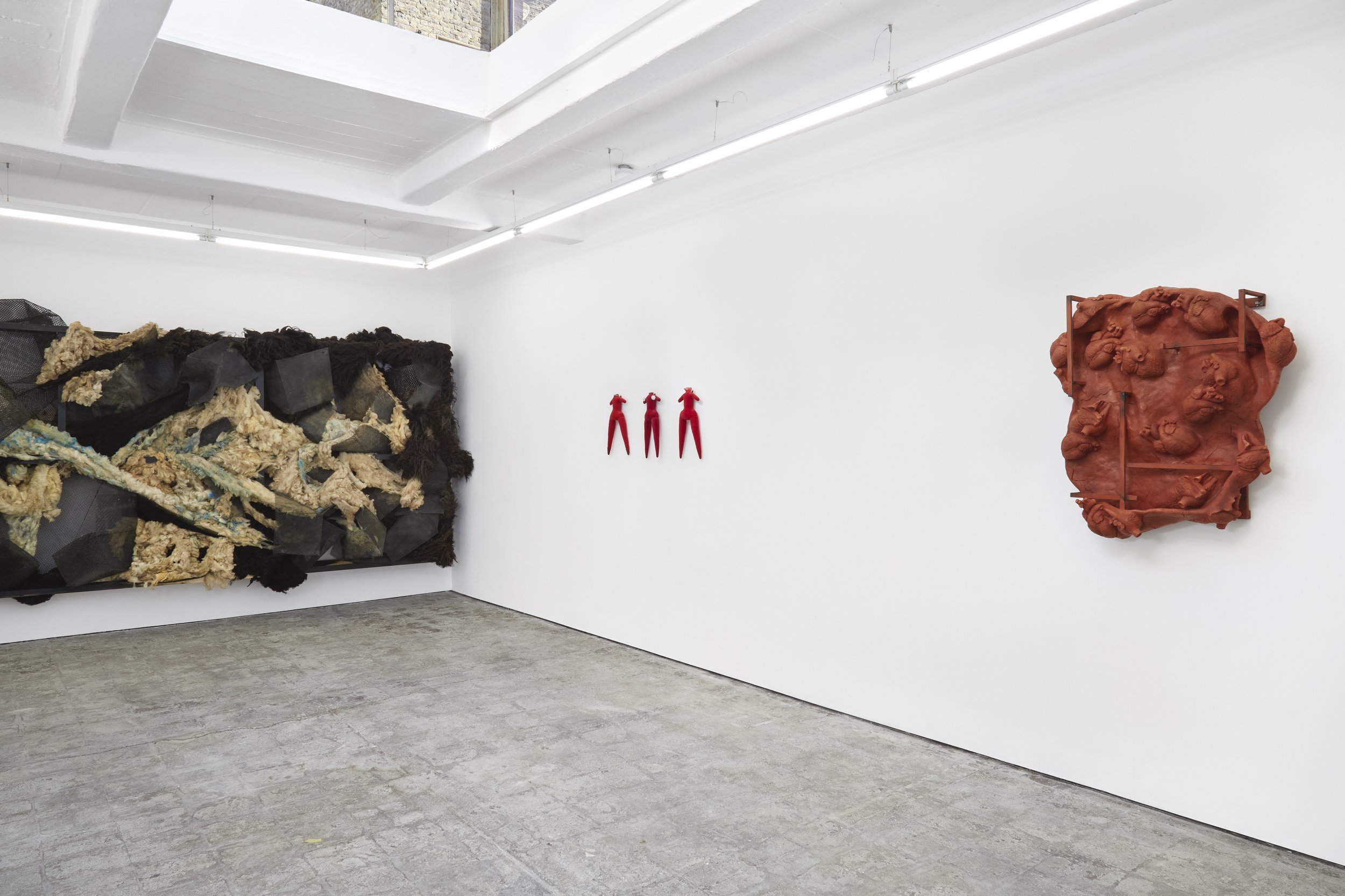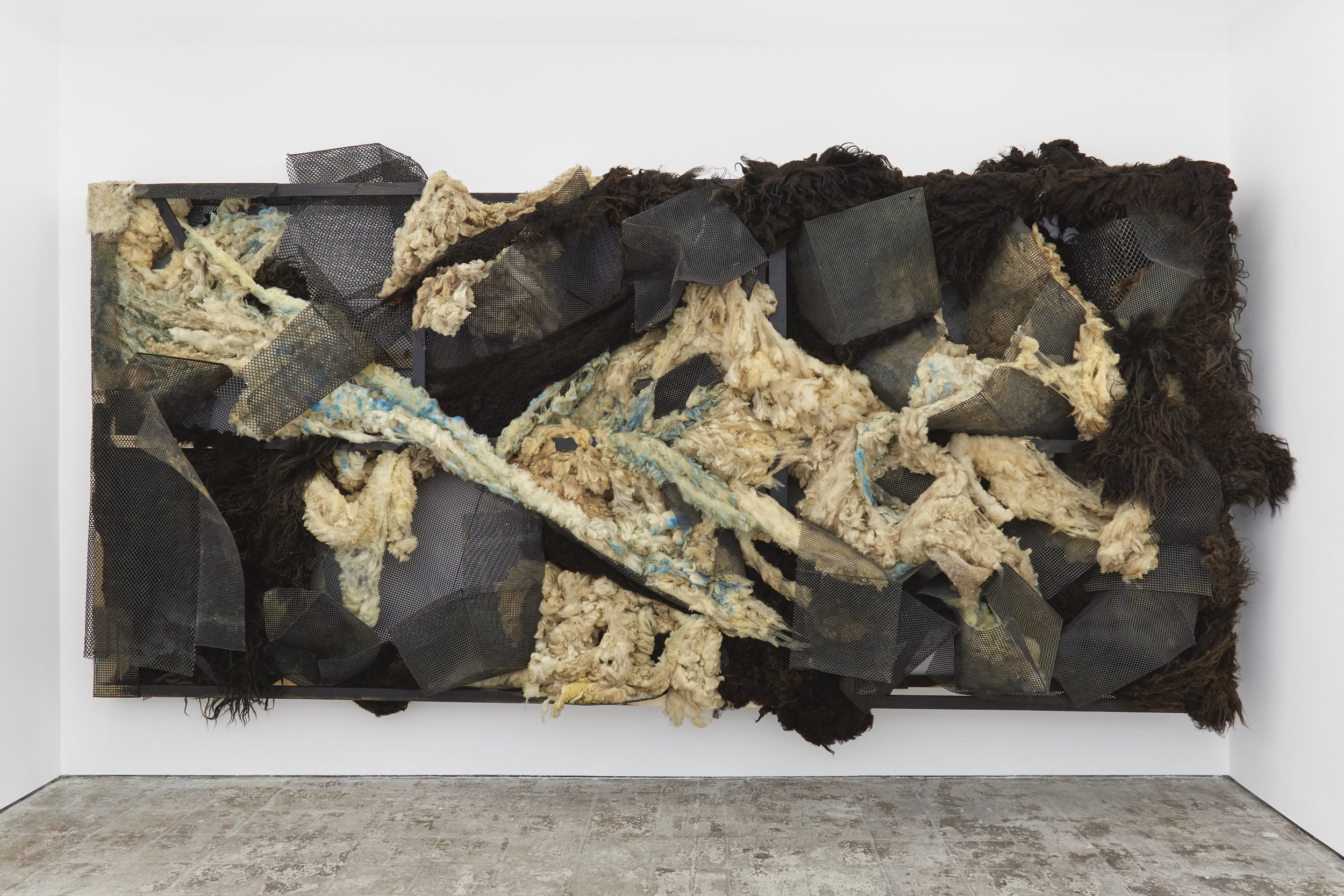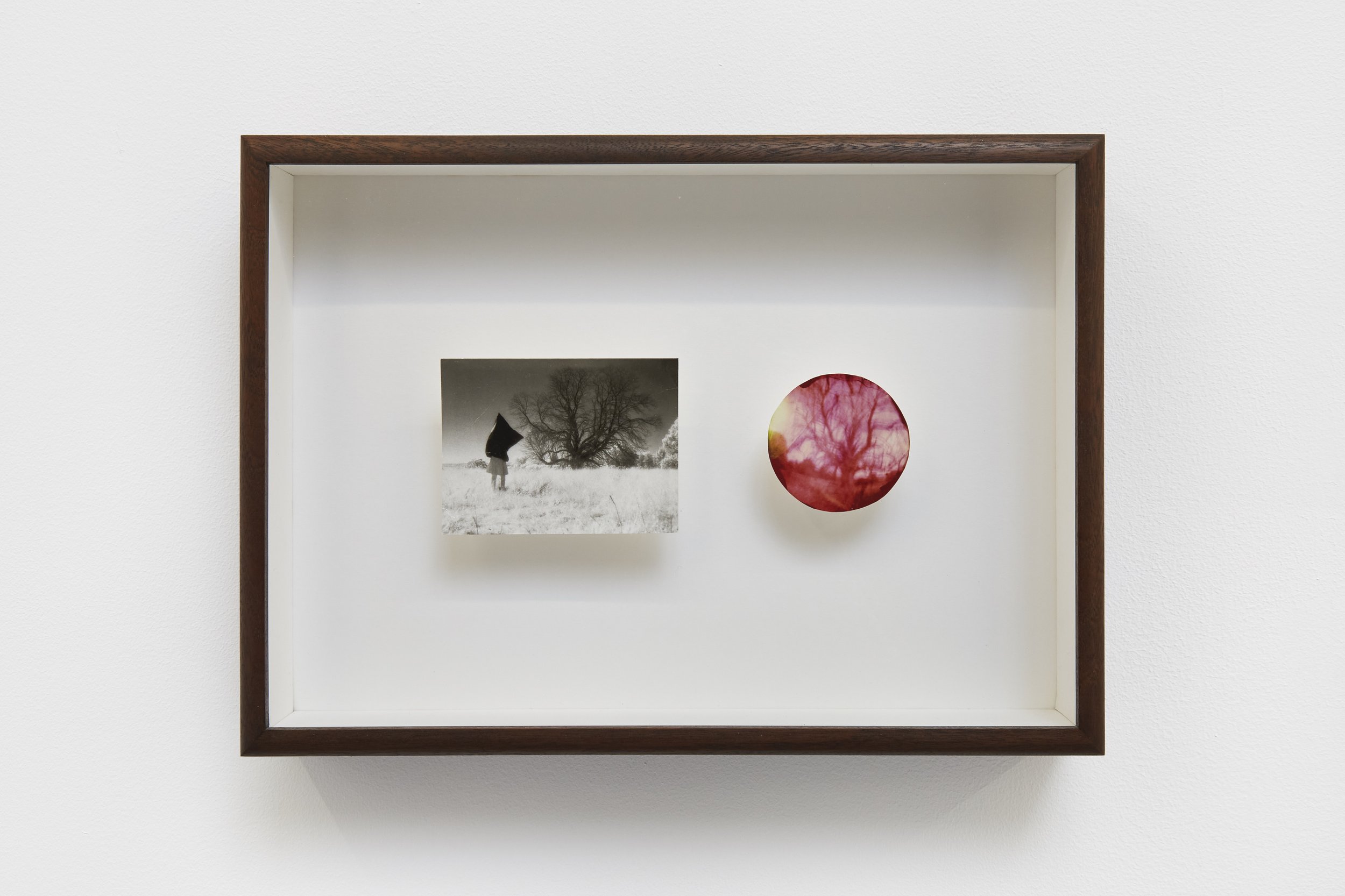What happens if I were to turn inwards? Who will I encounter?
DOWNLOAD CATALOGUE
installation views
Artworks
View ARTISTs
ALICE BLACK is delighted to announce ‘Double Knowledge’ which will preview at the gallery’s London space in Fitzrovia on Thursday 13 April (6-8pm). ‘Double Knowledge’ brings together the work of Claire Baily (b. 1986), Olivia Bax (b. 1988), Penny Goring (b. 1962), Rachael Louise Bailey (b. 1975) and Lindsay Seers (b. 1966) in an exploration of the body as a site of ‘interior knowledge’ – a phrase coined by trailblazing, experimental artist Carolee Schneemann (1939-2019). The artworks included in this exhibition represent the act of journeying inwards, away from the ordinary directional flow of daily life towards an inner consciousness which is knowing and knowable, with its own taste and texture, its own sense of familiarity and belonging. Spanning film, photography, sculpture and installation, these material portraits-of-self are expressions of an inner world, made external. Unlocking a voice which unites various centres of awareness, these works may be seen as emanations, excavations and eviscerations which emerge from a place where the artists’ thoughts, feelings and experiences rely on the body’s own ‘interior knowledge’ to be brought out.
The exhibition will be accompanied by a special screening of Carolee Schneemann’s iconic film ‘Fuses’ (1964-67).
Claire Baily (b. 1986) For Baily, the act of making is a form of cathartic cartography. Embracing both historical and contemporary casting processes, Baily’s meticulous interment and patient excavation of biological forms produce works which hold entropy still, through which we might discover something new of time’s undulations. Made whilst navigating heartbreak, the metaphorical dissection in ‘Rest Now My Melancholic Heart’ became a means for the artist to meet herself. The personal imbues the material in this work, exploring the echoes between the underworld and the human heart. What surfaces invites contemplation on both a human and anthropocentric scale; a ‘terra incognita’ with an elusive familiarity.
Olivia Bax (b. 1988) Bax’s current work ponders the convergence of organic and human made structures. In a search for new perspectives via inversion within her own process, Bax’s recent sculptural works are constructed outside-in. The solid sections, hand generated pulp moulded with paint and chicken wire, are built first. The welded armature is then shaped around the solids, caging them in rather than playing its traditional role of scaffold or skeleton. Made from slicing open an old sculpture ‘Meander Scar’ refers to a geological feature formed by the remnants of a dried rogue water tributary, the reformation of a void.
Rachael Louise Bailey (b. 1975) The genesis for Bailey’s work is the harvest, investigation, and transformation of man-made and organic materials which have been discarded and deemed of little value or significance yet have far reaching environmental impact. Bailey’s recent work intermingles ‘the black stuff’, a plastic marine pollutant used in industrial oyster farming and salvaged sheep’s wool, which farmers are being forced to burn due to a drop in value in the face of a diminishing wool trade. Bailey’s transfigurations of her chosen mediums are informed by her research into the historical, physical, and contextual properties of these material specimens as well as her own emotional unknotting of the anthropocentric implications of the material’s continuous spawning.
Penny Goring (b. 1962) In Goring’s own words, “it is easier to communicate emotions by inventing shapes that show how it feels”. From the tender to violent, impassioned to irreverent, stitched into the artist’s soft sculptures and sketched out in biro are the artist’s lived experiences of trauma, bereavement, and personal struggles with physical and mental health. Goring’s material vessels used to exorcise, confront and process far reaching and often contradictory feelings of fear and fury, love and loss, hope and despair, become overflow receptacles for what can no longer be contained within the artist’s own body. A practice born of readily available, inexpensive materials is itself the result of harsh economic realities – the personal intermingling powerfully with the political.
Lindsay Seers (b. 1966) Seers’ Optograms (mouth camera) series evolved from the artist’s desire to use her own body as a camera to confront subject/object hierarchies within photography. By placing light sensitive paper in her mouth and using her lips as the aperture and shutter, Seers would develop the images in a black sack resulting in enigmatic circular images tinged red by the blood of her cheeks. Casting herself as both subject and object, Seers subverted established notions of the gaze – “it was an act of cannibalism in a sense…if I was the camera there is no dislocation”, she says. The human camera images are often exhibited alongside a documentary photograph, taken at the same time. The relationship between the two images sets up narrative threads between two moments captured – one internalised and the other externalised.
We would like to thank Arcadia Missa, The Carolee Schneemann Foundation, Castor Gallery, Matt's Gallery and the private lenders for their support.
Featured Artists
